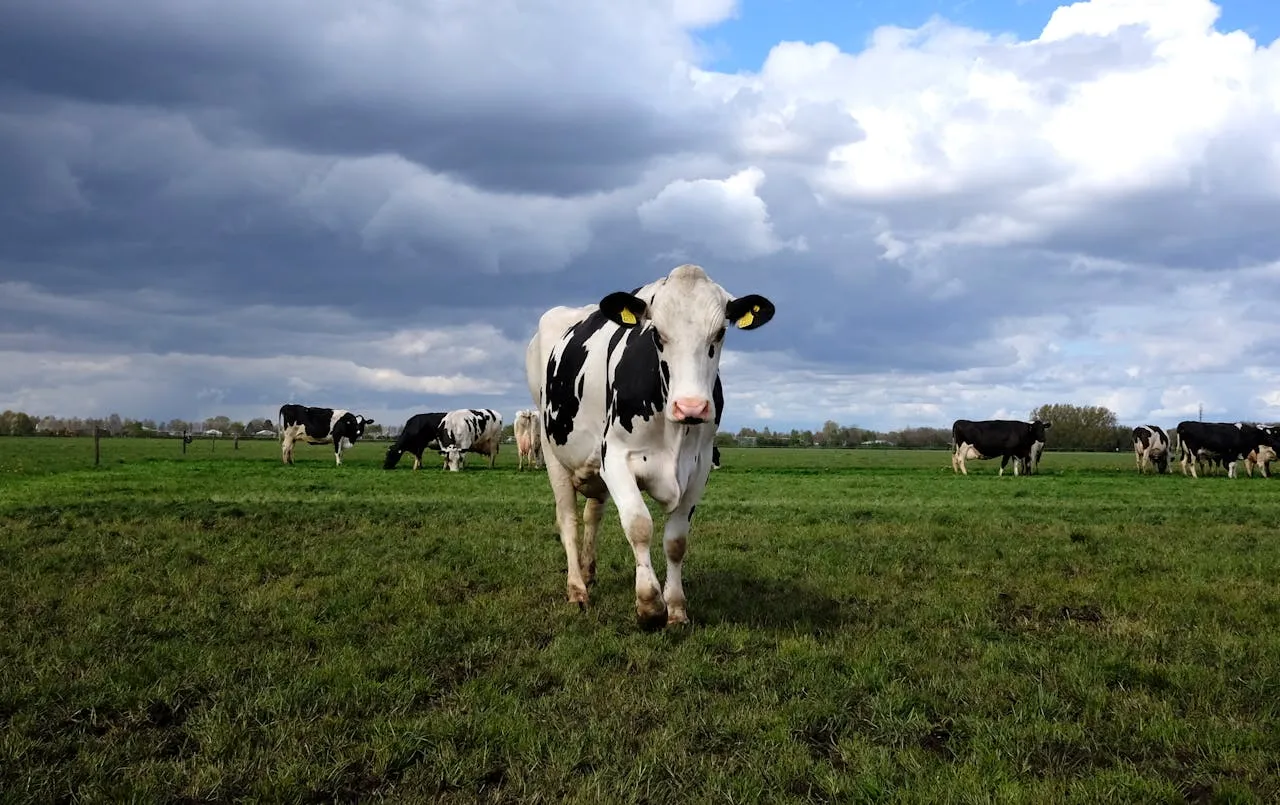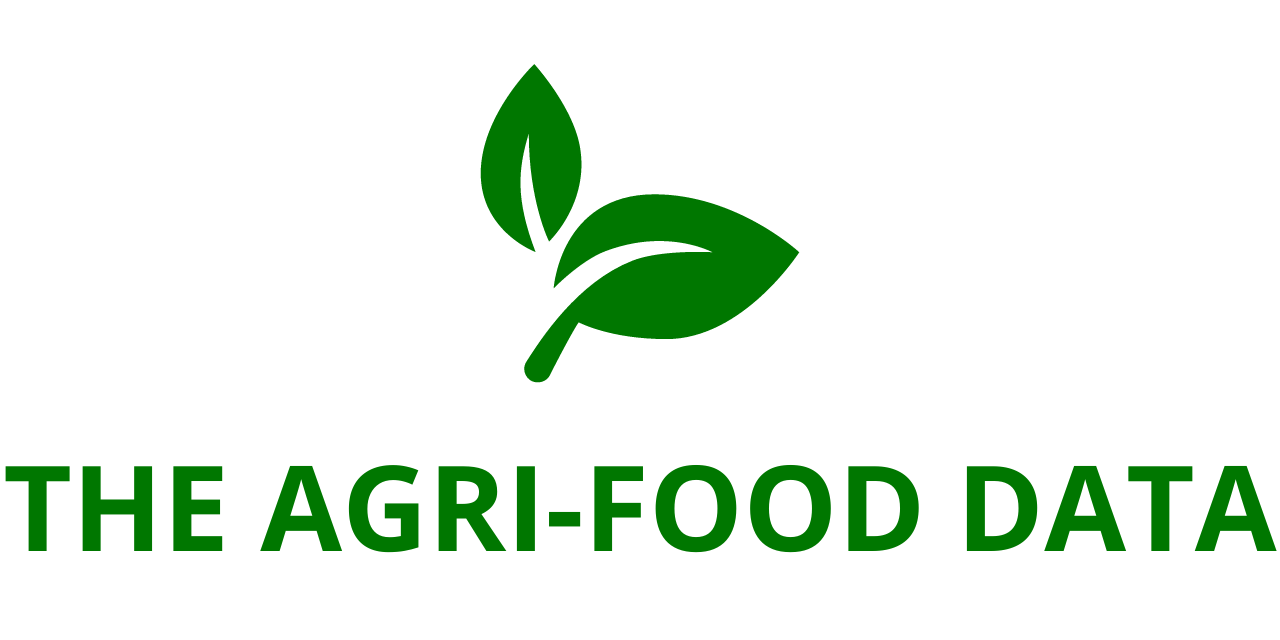
Circularity Fuels has announced a milestone in renewable energy innovation: the successful conversion of dairy farm biogas into synthesis gas (syngas), a critical precursor to sustainable aviation fuel (SAF). The achievement was made possible through the company’s proprietary compact electric processing unit, the Ouro Reactor, which operates at just one-hundredth the capital cost of conventional steam methane or autothermal reformers.
This breakthrough not only marks a step forward in the decarbonization of aviation but also opens the door to new revenue streams for American farmers, particularly those operating large livestock facilities. According to industry data, the United States hosts more than 20,000 large-scale livestock operations, collectively generating close to a trillion pounds of manure annually. Yet fewer than six percent of these operations currently capture the biogas emitted during decomposition—a resource that, if tapped efficiently, could transform into a valuable energy feedstock.
Turning Manure into Aviation Fuel
The company’s recent demonstration in California’s Central Valley—a region known for its extensive dairy industry—showcased the potential of this technology. At a working dairy farm, the Ouro Reactor successfully processed raw biogas collected from a covered lagoon digester. This biogas, a mixture of methane and carbon dioxide, is often vented into the atmosphere or flared, releasing greenhouse gases without capturing their energy potential.
By contrast, Circularity Fuels’ system converts the waste gases into syngas, a mixture of hydrogen and carbon monoxide that serves as the fundamental building block for jet fuel production. Importantly, the syngas can be further processed into liquid hydrocarbons using Fischer-Tropsch synthesis, a well-established industrial process with a proven record in fuel manufacturing.
Unlike conventional reformers, which are large, expensive, and reliant on natural gas-fired combustion, the Ouro Reactor is powered by electricity and leverages modified components originally developed for the automotive sector. This approach dramatically reduces both the size and cost of the equipment, lowering capital requirements from millions of dollars to merely tens of thousands.
“Farmers in the U.S. and around the world are sitting on an untapped goldmine,” said Dr. Stephen Beaton, CEO and Founder of Circularity Fuels. “We’re giving them the ability to turn waste into a profitable product that airlines desperately need.”
Meeting Aviation’s Sustainability Mandates
The timing of this achievement is particularly significant. Airlines across the globe face mounting regulatory and market-driven pressure to integrate SAF into their fuel supply. Current SAF production accounts for less than one percent of global jet fuel consumption, leaving the aviation industry scrambling for scalable solutions.
Circularity’s technology addresses multiple barriers simultaneously. First, it eliminates the need for costly biogas pre-treatment systems, as the Ouro Reactor can handle contaminants that would typically damage conventional reforming units. Second, its electric-powered design makes it deployable in locations that lack access to natural gas pipelines—one of the major limitations preventing agricultural biogas from being converted into renewable fuels at scale.
By decentralizing production and enabling on-site conversion at large farms, the technology reduces dependency on expensive and logistically complex infrastructure. Farmers, in effect, can become renewable fuel producers, with the resulting liquid fuels transported by truck or rail to refineries or directly to offtakers such as airlines.
“For the first time, farmers will become renewable fuel producers without waiting for pipeline infrastructure that will never come,” Dr. Beaton emphasized. “The liquid fuel can be trucked out using existing transportation networks, making energy production as straightforward as any other farm output.”

Transformative Potential for U.S. Agriculture and Energy
The implications of this innovation are vast. If deployed broadly across farms, landfills, and wastewater treatment facilities, Circularity estimates that biogas-to-SAF systems could generate up to 42 million gallons of SAF per day. This figure represents approximately 70 percent of current U.S. jet fuel demand, highlighting the role agricultural waste could play in reshaping the energy landscape.
For farmers, the benefits extend beyond environmental impact. Biogas that is currently underutilized or wasted could become a new income source, helping stabilize agricultural operations facing volatile commodity prices. The model provides a pathway for farmers to diversify revenue, reduce methane emissions, and position themselves at the center of the renewable fuel economy.
Environmental advocates also view such decentralized systems as critical tools in the fight against climate change. Methane, a greenhouse gas more than 25 times as potent as carbon dioxide, is often released from manure lagoons and landfills. Capturing and repurposing it not only curbs emissions but converts a harmful byproduct into a cleaner fuel for one of the most challenging sectors to decarbonize: aviation.
Industry Reception and Next Steps
Circularity Fuels’ achievement will soon be showcased on the global stage. The company is scheduled to present its technology at the SAF Global Summit in London next month, an event that brings together airlines, policymakers, and fuel producers to address bottlenecks in sustainable fuel supply.
The company also has ambitious near-term plans. Later this year, it intends to demonstrate a complete farm-based system that not only reforms raw biogas but also converts syngas into finished SAF. This end-to-end demonstration will take place at another California farm and will serve as a proof-of-concept for commercial deployment.
If successful, the first commercial units could be deployed as early as 2026, with initial rollouts focused on California before expanding to other agricultural regions in the United States and abroad. Given the scalability and affordability of the Ouro Reactor, industry observers believe Circularity Fuels could accelerate SAF adoption far more rapidly than existing infrastructure-dependent approaches.
A New Chapter for Farmers and Aviation
The story of Circularity Fuels represents a convergence of two industries often viewed as worlds apart: agriculture and aviation. By bridging these sectors, the company highlights how overlooked resources such as manure can become key enablers of sustainable transportation.
In essence, the company’s innovation reframes waste as opportunity. It allows dairy and livestock producers to reduce their environmental footprint while participating directly in one of the fastest-growing markets for clean energy. At the same time, it provides airlines with a desperately needed pathway to meet emissions reduction targets and regulatory obligations.
As Circularity prepares for the next stage of development, the potential impact extends beyond cleaner skies. It points toward a circular economy model where waste is continuously repurposed into valuable resources, aligning economic incentives with environmental imperatives.
In the words of Dr. Beaton, “This is not just about solving aviation’s fuel problem. It’s about transforming how we think about waste, energy, and agriculture in the 21st century.”





